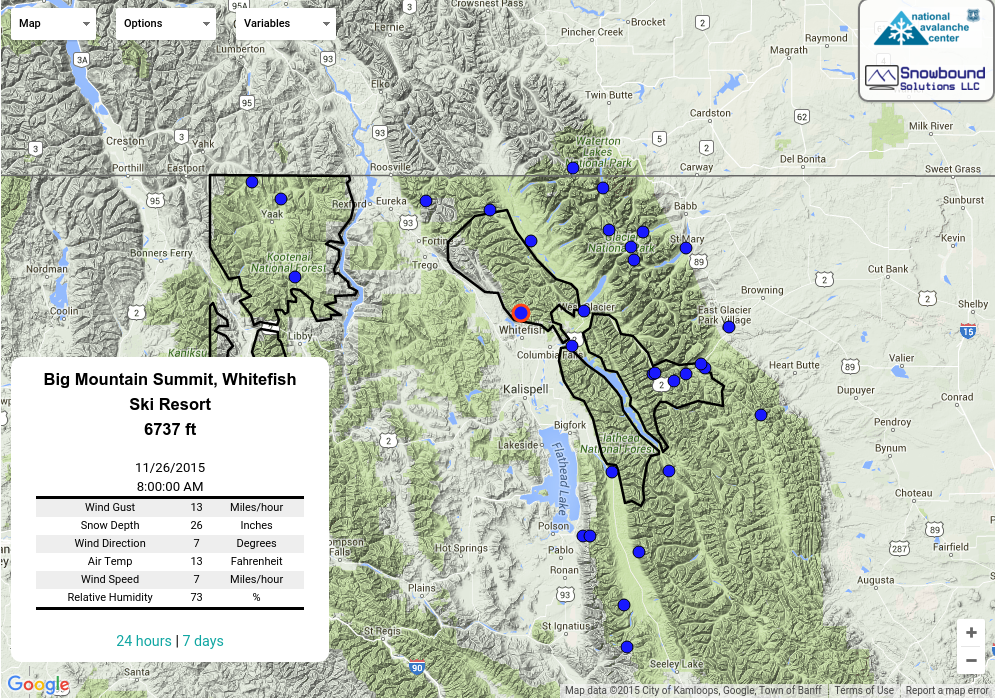Persistent Slab at Mid elevation
|
Location Name: Forecaster Observation: Southern Whitefish Range Observation date: Tuesday, January 18, 2022 - 17:30 |
Is this an Avalanche Observation: Yes |
|---|
Observation made by: Forecaster
Tabs
Avalanche Details:
Date and Time of Avalanche:
Wednesday, January 12, 2022 - 08:00
Number of avalanches:
1
Avalanche Type:
Hard Slab
Failure Plane/Weak Layer:
Other - explain below
Trigger:
natural
Start Zone Slope Angle:
38
Aspect:
Southeast
Starting Elevation:
near-treeline
Destructive Size:
D2 Could bury, injure, or kill a person.
Relative Size:
R3 Medium
Crown Height:
2 ft
Avalanche Length (Vertical Run):
350ft.
Avalanche Width (Average width):
200ft.
Number of people caught:
0
Number of partial burials:
0
Number of full burials:
0
Avalanche Location:










This avalanche likely occurred on 1/12/2022, during a loading and warming event. Between 1/11/2022 and 1/12/2022, nearby Big Mountain received 1 inch of water. Late 1/11 and early 1/12 saw warming temperatures. That morning WMR ski patrol was able to intentionally trigger 8-24 inch thick slab avalanches. Our best guess is that this avalanche occurred around that same time. Witnesses reported seeing the crown of this avalanche on the morning of 1/13.
This avalanche started in an area of shallow coverage, adjacent to a small rocky ridge. Snow depth at this shallow point was 12 inches. The crown width was ~200 feet and the crown height varied from 30 inches to 8 inches. This avalanche ran 350 vertical feet. The failure occurred on a thin layer of 1-millimeter facets. The slab above this faceted layer was a fairly uniform, 1 finger hard layer. Below the faceted layer is 10 inches of 1 finger hard snow resting atop a layer of 2-3 millimeter facets. This layer of large facets sits on the ground and varies in depth from 1-5 inches.
We suspect that the snow below the bed surface fell in early December. This snow was followed by a period of cold temperatures, which would account for the 1 millimeter facets on which the slide occurred. Much of the snow above the facets fell between 1/6 and 1/7 when Big Mountain received 1.5 inches of SWE. The unexpectedly large storm on 1/11-1/12 provided an additional inch of SWE. This new snow load, followed by warming temperatures was likely the tipping point that triggered this avalanche.